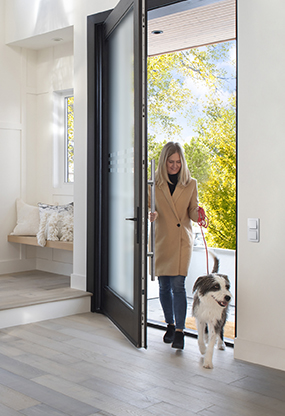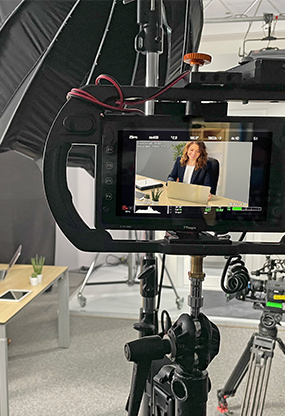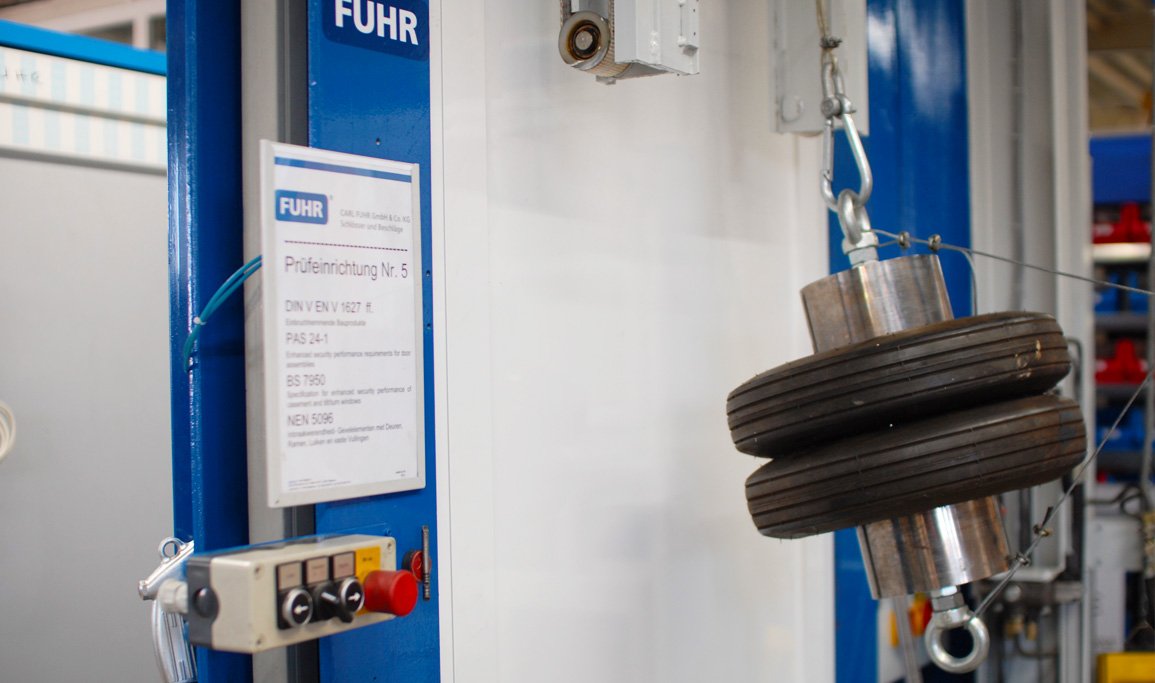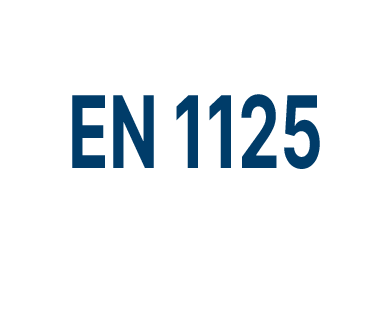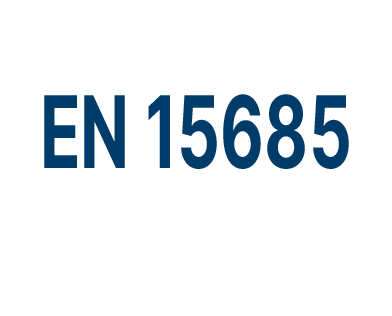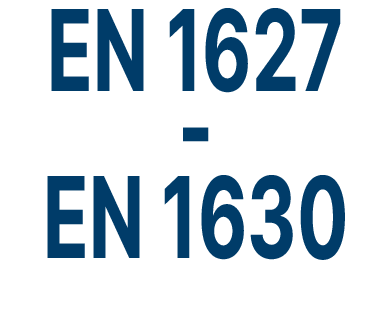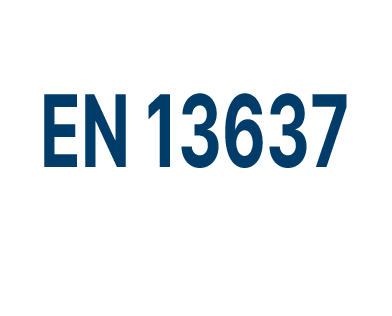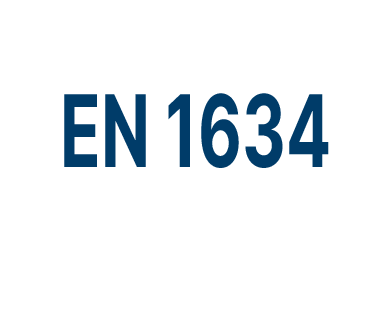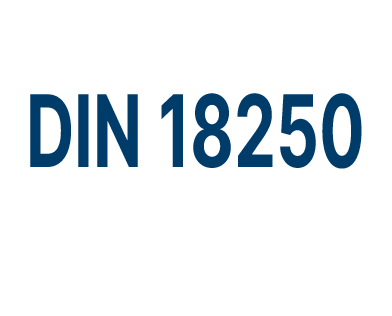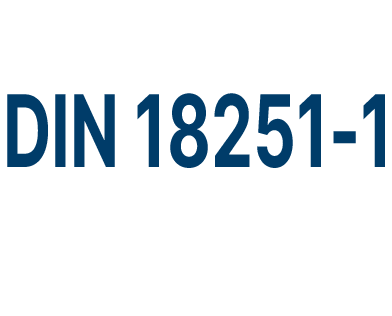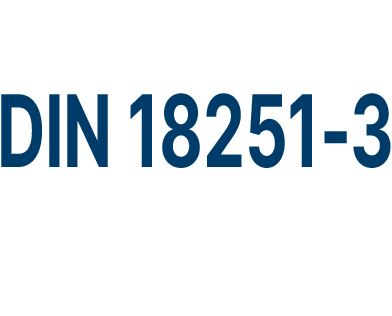Know-how
Important standards for locking systems
scroll down
Contents
EN 179 applies for buildings in which panic situations are not expected to develop. People in these environments are familiar with the layout and operation of the emergency exit doors. This is usually the case in offices and places of work, for example. Here, push plates or push pads can be used as the operating element.
Testing
System release force (lock & door furniture):
max. 70 N lever handle
max. 150 N push plates
release with operation within one second
You can find more information on standard-compliant emergency exit security here.
Contents
EN 1125 applies in public buildings, e.g. shopping centres, cinemas or event spaces in which, due to the high footfall,panic situations may arise. People in the building are not familiar with the location of the emergency exits and how the locks work. Doors must be able to be opened intuitively using horizontal push bars.
Testing
System release force (lock & door furniture):
- without preload max. 80 N
- with 1000 N preload
- max. 220 N release with operation within one second
You can find more information on standard-compliant emergency exit security here.
Contents
The EN15685 standard is a European standard with procedures for testing multipoint locking systems. It relates to doors in buildings, including fire and smoke protection doors, that are equipped with door locking systems.
Testing
- Lock and strike plate loading tests (static, dynamic)
- Long-term durability test
Contents
The EN 1627-EN 1630 range of standards apply for the testing and assessment of the burglar resistant properties of doors, windows, curtain walls, grate elements and other closures. DIN EN 1627 includes requirements and classification for burglar-resistant components. Standards DIN EN 1628-1630 outline the three component testing procedures: “resistance against static loads, dynamic loads, manual break-in attempts”.
Testing
- System testing (complete door system)
- Door leaf, frame, hinges, locks, strike plate, glass, etc.
- Tested elements issued with RC classes (previously WK)
- Static and dynamic load tests
- Simulated break-in attempt using various tools and predefined timescale for attempt
Contents
The EN 13637 standard applies for electric locking systems for securing emergency exit doors or escape routes. It defines how emergency exit systems featuring at least one electric locking system and one electric control for power supply, connection and emergency button, must be controlled electrically.
This includes both emergency exit systems that all come from one manufacturer as well as systems that are made up of different components. The standard does not apply for mechanic locking systems for emergency exit doors. These fall under the scope of EN 179.
Testing
- Electric locking systems for securing emergency exit door
- Emergency button to release electric locking
- Electric control for power supply, connection and emergency button
- Locking system in accordance with EN 179 or EN 1125
Contents
The EN 1634 outlines a test procedure for determining the period of fire resistance for doors, gates, windows and other closures. Testing is carried out on the complete door element, including frame, guide, side and top parts, and any potential door leaves. The main focus here is on the switch effect between the door leaf and frame when heated, behaviour of the supporting structure and the heat-insulating properties.
Testing
- System test (complete door or window system with locking systems)
- Fire and smoke protection testing on the element
Contents
This involves a German standard for testing mortise locks in door elements with smoke and fire protection requirements. DIN 18250is the basis for the Ü-label (mark to signify compliance) for locks which comply with the technical regulations for general building inspection approval. The use of locks in accordance with DIN 18250 meets the requirement for the safe operation of fire and smoke protection closures, including in the event of fire.
Testing
- Special requirements for lock elements with defined melting point
- Special requirement for long-lasting durability test
Contents
The DIN 18251-1 standard applies for mortise locks with latch and/or bolt in grooved doors. It does not apply for emergency exit door locks and their frame components (see EN 179).
Testing
- Dimensions and lock definitions
- Lock and strike plate loading tests (static, dynamic)
- Long-term durability test
Contents
The DIN 18251-3 standard is a German standard with procedures for testing mortise locks as part of multipoint locking systems with latch and bolt, including self-locking multipoint locking systems. This standard does not apply for emergency exit door locks and their frame components (see EN 179). According to the definition, a multipoint locking system must include at least two locking points and secondary locks must be able to be operated via the main lock case.
Testing
- Dimensions and lock definitions
- Lock and strike plate loading tests (static, dynamic)
- Long-term durability test
